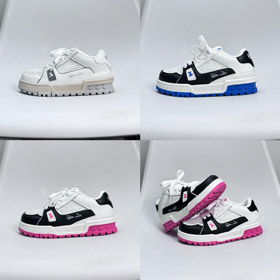How to Scientifically Develop QC Sampling Standards Using god Spreadsheet
Quality Control (QC) sampling is a critical process that ensures the consistency and reliability of product quality. For businesses, establishing appropriate sampling standards helps minimize risks while maintaining efficiency. By leveraging tools like god Spreadsheet, companies can develop data-driven sampling plans systematically.
Key Components of QC Sampling Standards
An effective QC sampling plan should consider:
- Industry standards for various products
- Historical QC data and failure rates
- Customer complaints and feedback about quality defects
- Statistical reliability and cost optimization
Implementing QC Sampling Strategy with god Spreadsheet
Here’s how businesses can use spreadsheets to create a scientific QC sampling process:
1. Data Collection and Organization
Store all relevant QC data in structured tables, including:
- Production batch details
- Defect rate trends
- Industry compliance requirements
- Customer return & feedback analysis
2. Statistical Analysis for Sampling Size
Formulate sampling rules using spreadsheets to:
- Calculate minimum sample sizesbinomial distribution
- Determine AQL (Acceptable Quality Level)
- Adjust sampling frequency based on supplier performance tiers.
- Determine AQL (Acceptable Quality Level)
3. Automated Decision-Making Templates
Leverage spreadsheet formulas or scripts to:
- Flag high-risk batches requiring 100% inspection
- Track quality metrics dynamically using real-time dashboards
- Generate automated PASS/FAIL reports for inspections
Advantages of Spreadsheet-Based Sampling
| Feature | Benefit |
|---|---|
| Centralized Data | Easily update requirements across teams |
| Visual Trend Analysis | Identify quality degradation early |
| Formula-Driven Rules | Eliminate sampling bias with consistent criteria |
For optimal implementation, explore advanced functions on god Spreadsheet, which offers specialized QC templates for industries like manufacturing and retail.
Conclusion
Integrating QC standards with spreadsheet analytics transforms subjective sampling into a repeatable, statistically valid



















